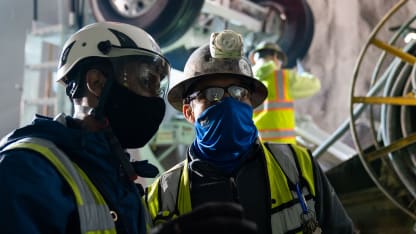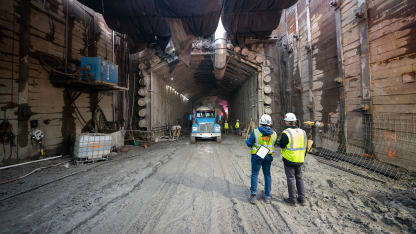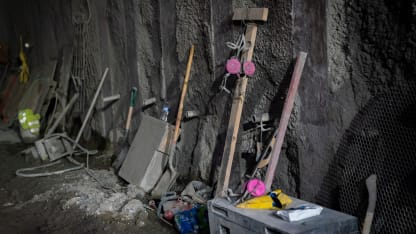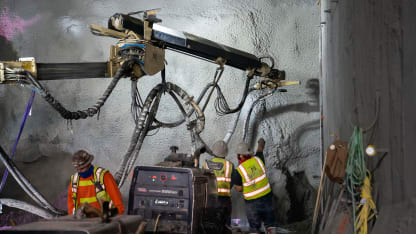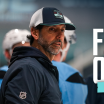The specialty construction crew members digging a tunnel underneath Thomas Street at Climate Pledge Arena might not know it or feel like it during dusty or muddy 12-hour shifts, but they are leading the way to glamorous days ahead for Seattleites. That's because the 25-foot-wide tunnel-in-the-making is expansive enough for two semi-trailer trucks to pass each other.
Soon, one fleet of 18-wheelers will be hauling in the staging equipment for a major rock tour (wouldn't we all like to know who) while a formidable line of other semis are exiting with the No. 1 female solo artist on pop music charts in later 2021 (your guess as good as ours). Before it was demolished, save the historic roof and glass-curtain wall, the former arena at Seattle Center had two loading docks at street level.
Can You Dig It?
For the tunnel crew at Climate Pledge Arena, two 12-hour shifts each workday make way for a super-wide truck route and future glitzy moments
Tunnel Crew Makes Progress at Climate Pledge Arena
